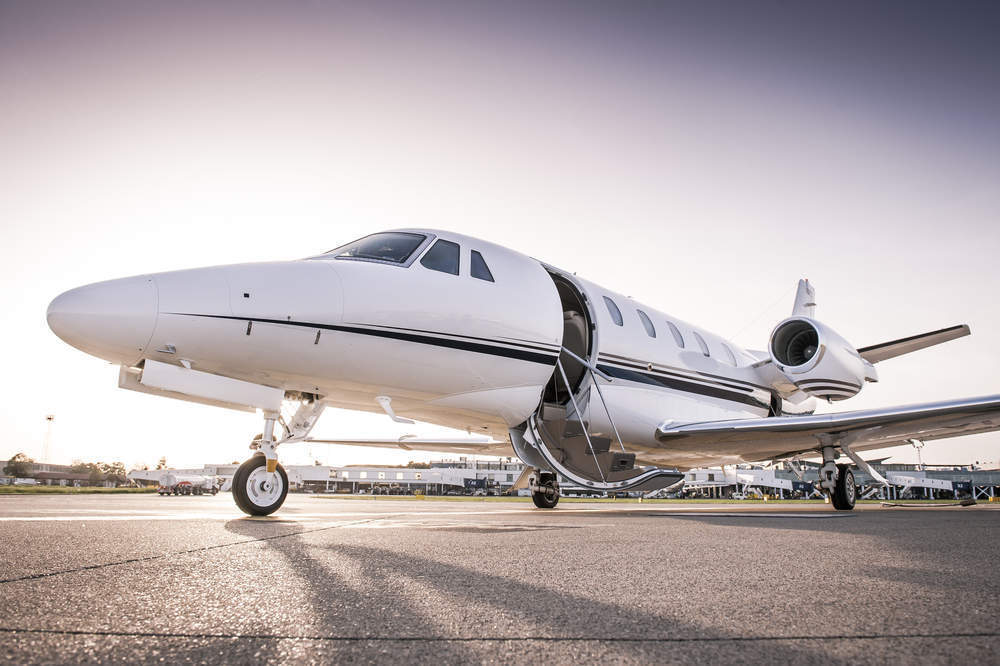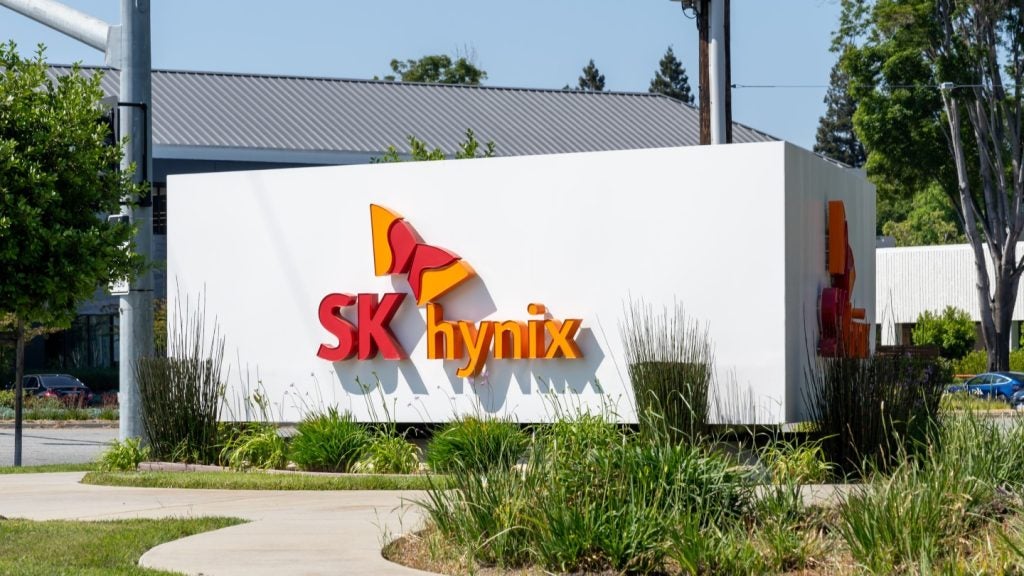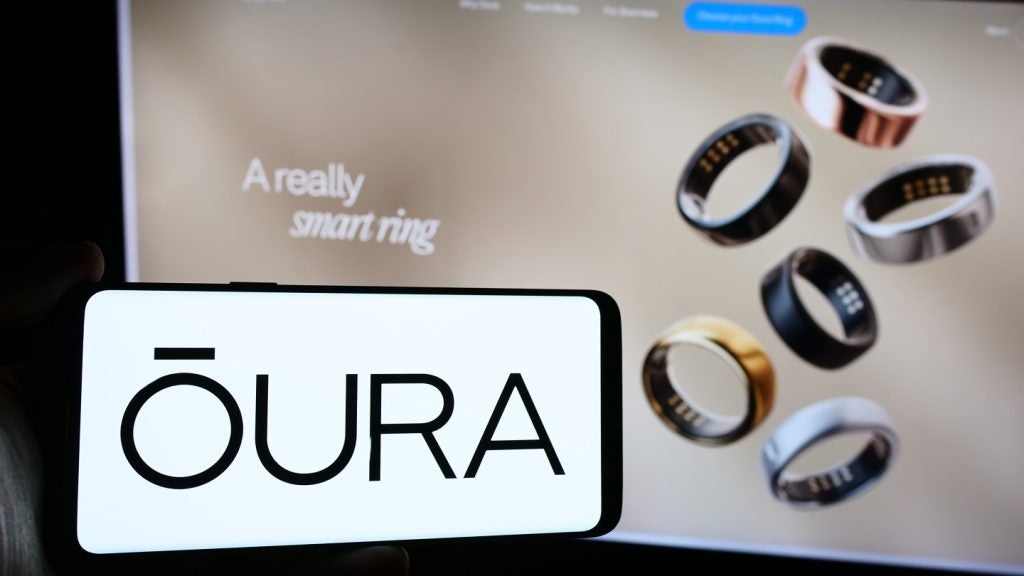
Everyone knows that the actual travelling is the worst part of travelling. Standing in line at airports, being surrounded by screaming kids, those horrible in-flight meals.
Still, if you’ve got a bit of cash on your hands, none of that is necessary. We often associate private jets with the rich and famous, Hollywood elites and tycoons with more money than sense. But that’s no longer the case. After all, Uber made hiring a driver accessible to everyone, it was only a matter of time before chartered flights were too.
New start-ups like Blade are taking the Uber model to the skies. Blade is primarily based in New York, offering flights to airports, and luxury locations like the Hamptons. In essence, the app crowd-sources flights on helicopters and seaplanes, enabling customers to get from the heart of the city out to the Hamptons in 40 minutes or less.
Having found success in New York, Blade has started diversifying. They’re also offering chartered flights to Miami, for example. There’s also an LA section of the business, taking clients around the area.
There’s no doubt that Blade is still offering a luxury service, though. A five minute flight costs around $195 per person, with prices going up from that point. Still, it’s not quite as pricey as you’d expect. For example, a flight from New York to Miami costs around $2,200. Sure, it’s not affordable, by any means, but it’s not exactly bank-breaking, especially for the type of person for whom chartering a private flight would be something to consider. By comparison, the cheapest flight we could find on a non-chartered airline for the same flight was $102. That said, with Blade you could pick your own departure time and avoid the public.
Charter a private jet:
Of course, a helicopter or a seaplane is one thing but a private jet is quite another.
How well do you really know your competitors?
Access the most comprehensive Company Profiles on the market, powered by GlobalData. Save hours of research. Gain competitive edge.

Thank you!
Your download email will arrive shortly
Not ready to buy yet? Download a free sample
We are confident about the unique quality of our Company Profiles. However, we want you to make the most beneficial decision for your business, so we offer a free sample that you can download by submitting the below form
By GlobalDataServices like Victor and Private Jet Club UK have sprung up allowing people to charter private jets. These can be costly, a return flight from London to Nice can cost £12,000 from the latter. However, splitting being six people would come to only £2,000. Compared to a First Class BA flight for the same trip (£1,020) the difference isn’t quite as stark as one might expect. For businesses, family trips, or even wedding parties where people can pay their own way, the cost of chartering a private jet might actually come out cheaper overall.
It’s a stretch to say chartering a private jet is being opened up to the masses. Still, perhaps that’s the idea. No matter what these businesses might say, chartering a private jet is a status symbol, not a convenience. Making it accessible to all would certainly reduce, if not totally destroy that status symbol.
What is the future of private chartering?
Dubai is on track to become the first city in the world with flying taxis. The city’s Road and Transport Authority is working with the German drone firm Volocopter.
Volocopter hope to have their drones taking to the skies in just five years. Uber itself is aiming to take to the skies in even less time. They say that they’ll have flying cars by 2020. Both Volocopter and Uber are aiming at the autonomous flying cars market, which could potentially bring costs down. After all, one doesn’t need to pay a pilot if the vehicles are autonomous. Then again, how viable they’ll be rather depends on the way the market reacts to autonomous vehicles.
Insurance group, AXA have already made their feelings on autonomous cars clear. Their general belief seems to be that autonomous vehicles will reduce accidents. That could certainly bode well for flying vehicles, keeping insurance prices for services like Uber and Volocopter down and passing those savings onto customers.
And let’s not forget, flying cars already exist. Dutch company PAL-V International launched a flying car. It’s not autonomous and it does require a pilot’s license but still. It’s only £225,000. Imagine if Uber got their hands on that!
Currently, Uber’s top mode of transport is the Uber Lux. It costs a £5 base fee plus £3.55 per mile. Let’s use Blade’s route, between Manhattan and the Hamptons as an example: that’s 85 miles. At an Uber Lux price point, that trip would cost you £306.75. A driver would only need to take that route 733 times to pay the cost of the car off. If we generously give them two hours to make the flight, a driver could potentially do, what? 4 flights per day? An Uber driver could pay off a flying car in 6 months!






